Your work “reflects a persistent exploration of the border zone between harmony and disharmony”.
Could you explain this statement?
S.G, E.F. Balance is a topic that has always fascinated us. Common but complex questions that we continually repeat, in everyday life and at work. One factor can suddenly unbalance the whole situation. We think carefully about the consequences and are aware of the subtle fragility of this balance, we want to emphasize and explore this theme. We work very careful, looking for a definition in the form and details. Many are the parameters, as in life, but sometimes it is simply changing an element, its proportions and meanings, modifying its balance, to give new connotations to an object. It takes just a small detail to achieve, or break, an expression, and we are very curious about that. We work intensely with the balance between harmony and disharmony of all the element in the project believing that somewhere in between you obtain reflection. it is as if we can get to know an object, but something different sets it apart. It is not a revolution, but small steps in a subtle and delicate space in search of new balances.
You also work in a ‘border’ zone between Scandinavian and Italian design histories and distinguishing traits. Where are the points of connections between the two?
And the points of divergence?
Surely both cultures have relevant stories with a large number among the most interesting products in the design world, and we feel very lucky to be between these two universes. Quality and tradition are very strong components in both countries, which connect them even if the result is different. Tradition is in fact for both a starting point and an important reference to take in consideration. In Scandinavia, however, the link with the workshop and the selection of materials, usually natural ones, have guided the process throughout history and even today this link is very clear; to be able to create something humble with simplicity has always been the design value to follow and respect. In contrast, in Italian design the industry has an important role, and innovation in production possibility has always generated new languages, developing unexplored territories, as well as always been very open in creating partnership between Italian entrepreneurs and international designers.
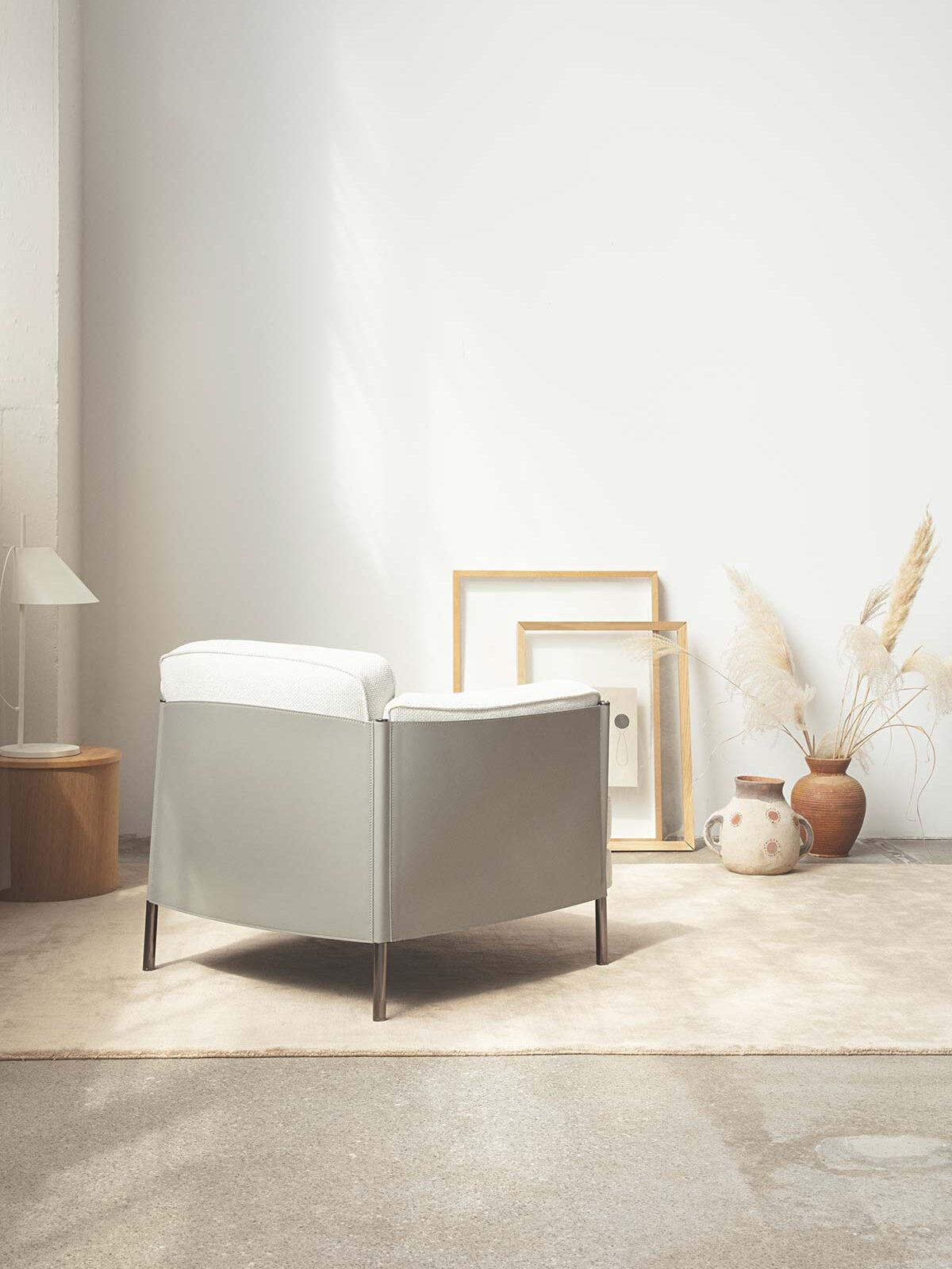
Shelley armchair by Minotti
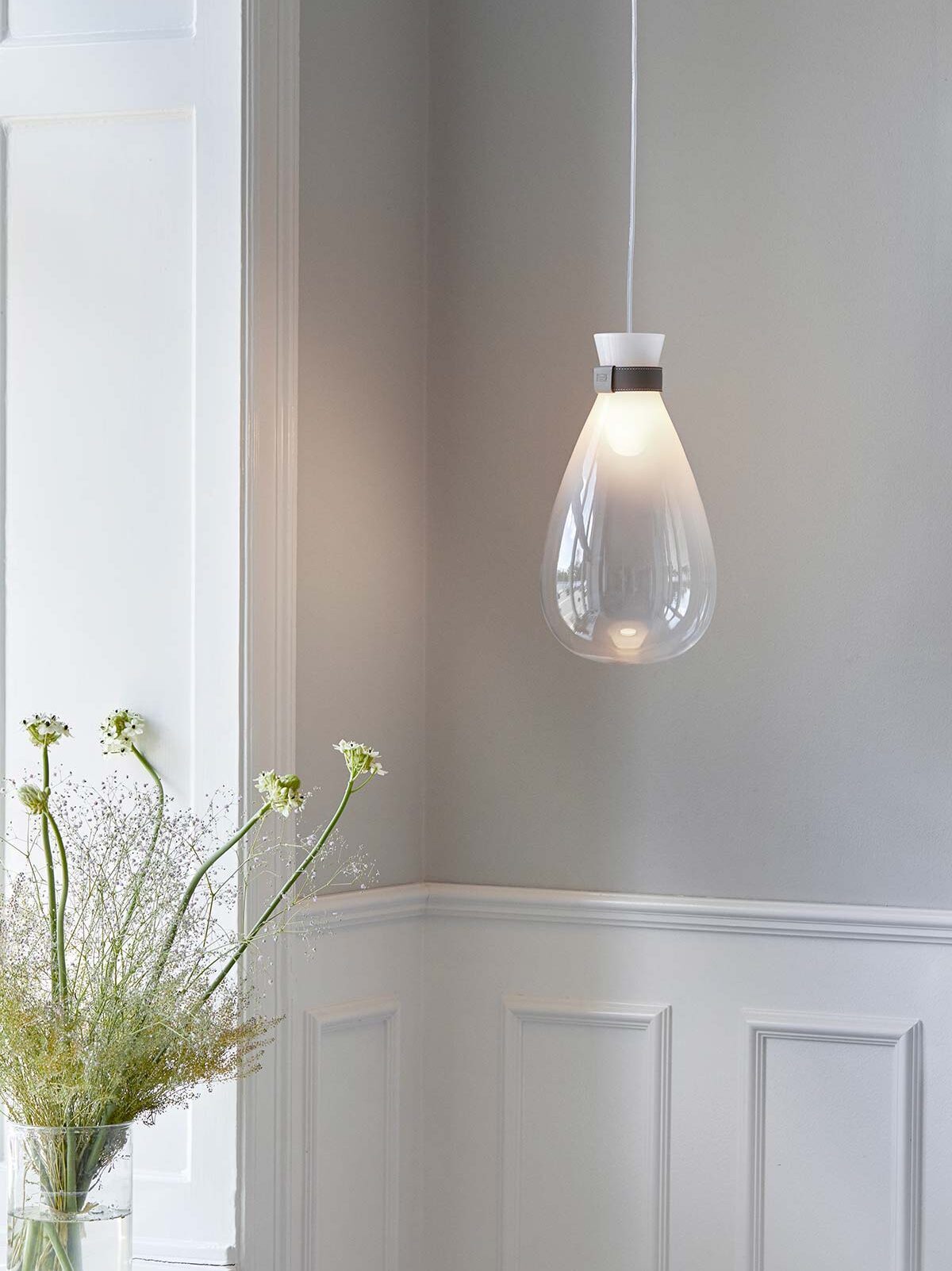
Soffi by Poltrona Frau
Making a difference between the two design traditions, does it still make sense today?
We are used to think that everything is deeply globalized and in part it is true, but while working we realize how much our origins and traditions are rooted in our spirit and manage to bring out evident content and diversity. We’ve had very different family and educational experiences, as educated architects we have opposite methods, and our cultures have shaped us differently. Future generations will probably be more open and influenced by a more global spirit, but in our case we are happy to continually rediscover our differences, which are often the starting point for a new project. It is only by knowing the basics of the story, that it is possible to evolve. In the end we achieve a honest fusion of two cultures, a work process that leads to a hybrid, interesting result.
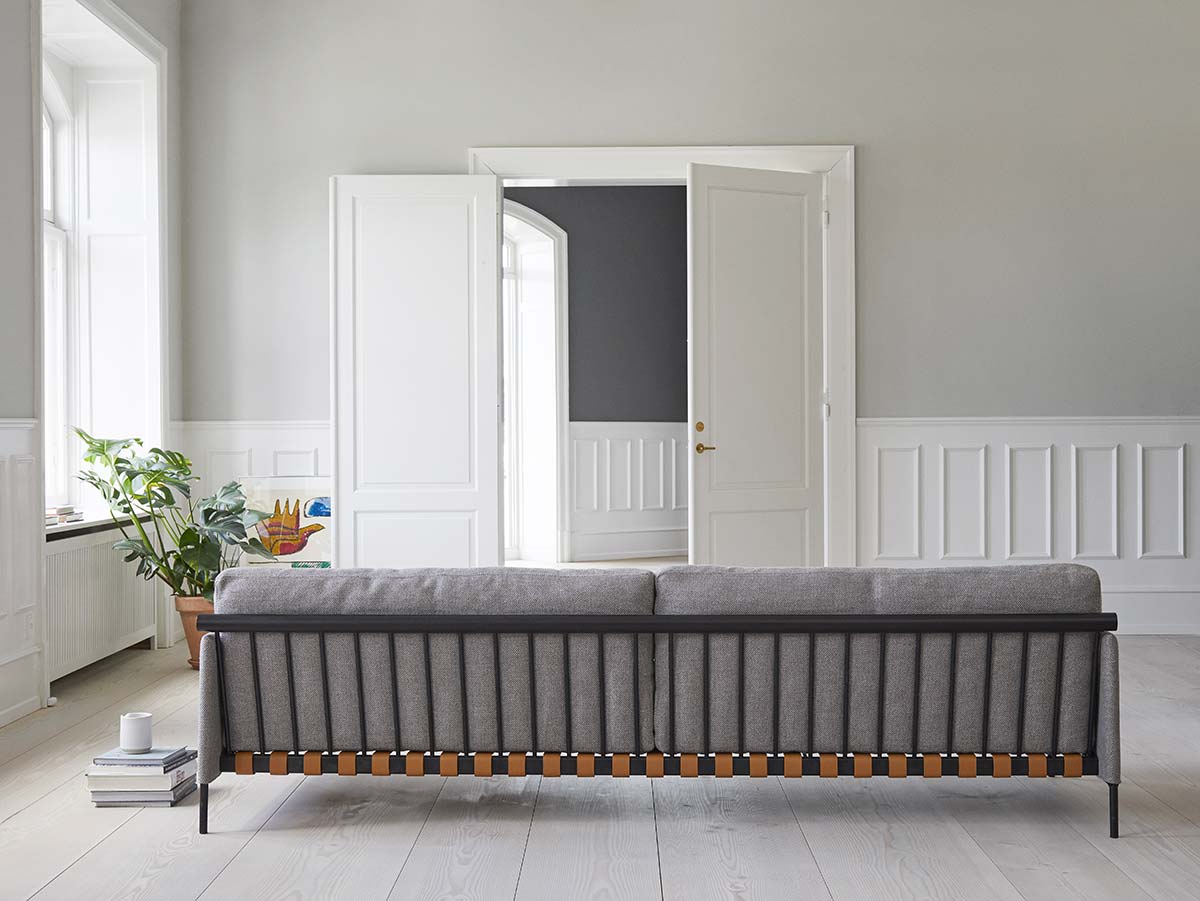
Etiquette sofa by De Padova
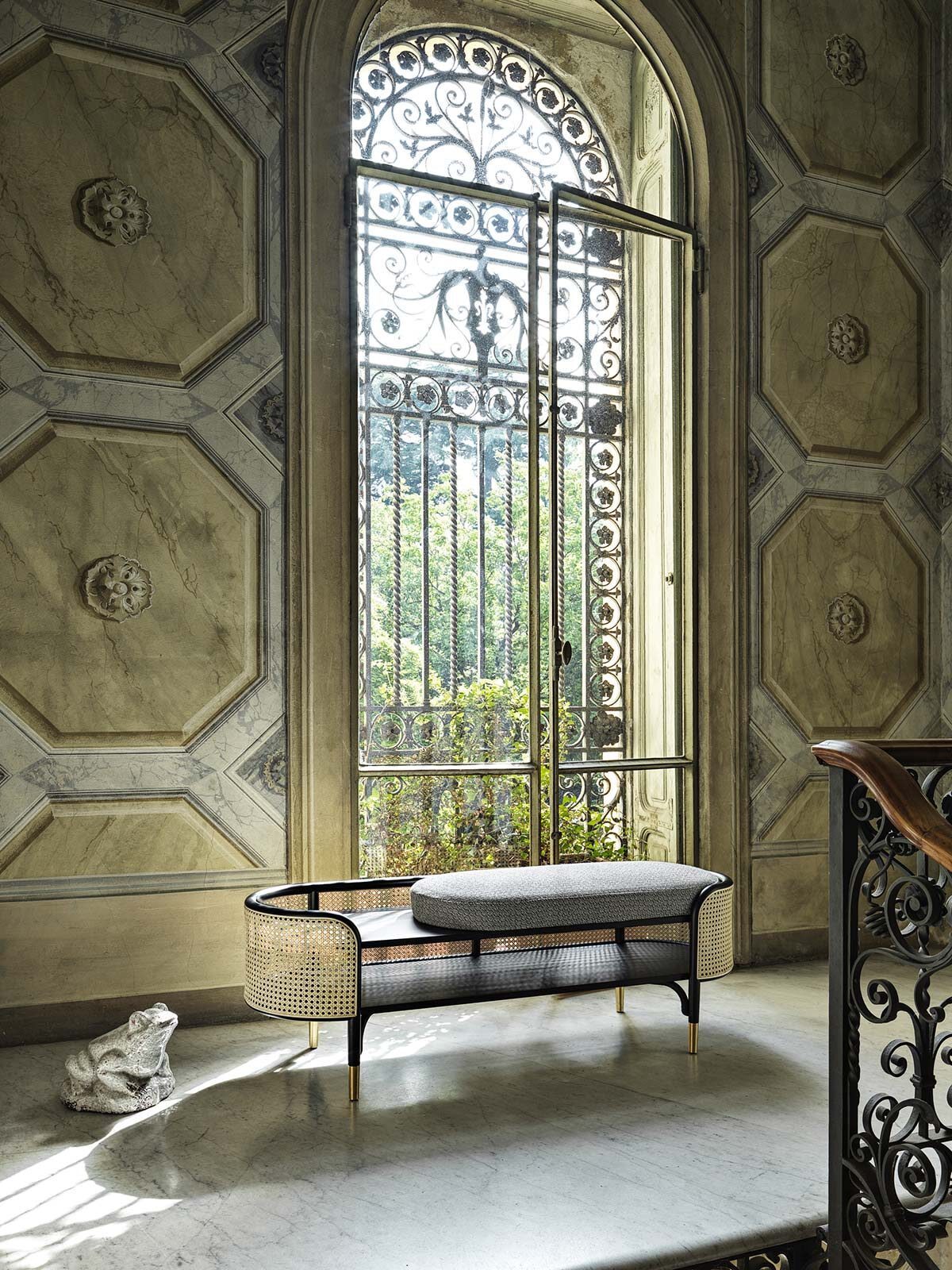
Mos bench by Gebrüder Thonet Vienna
When commissioning new products, the aims and approaches of design brands are actually diverse in different countries? For example, made in Italy and made in Danmark.
It is truly a stimulating diversity, for this reason we have always been fond of working in both countries and in particular with Danish and Italian companies in the furniture field. Italian companies are always very tied to a conceptual approach, a bit as if towards communication, language or to technical detail. Innovation becomes the element to guide the process, activating a chain of incredible suppliers around the company, capable in a short time, with passion and dedication, to create unique projects. For the Nordics the process is different, researching a formal simplicity, a very targeted production strategy to create a highly competitive product on the market, while maintaining an average high quality level. History has shown us how the projects were communicated: for Hans Wegner and Poul Kjærholm it was a simple number, almost to record a new step and an aesthetic development however discreet, For Magistretti and Castiglioni, the name is enough to be able to imagine the project, as a metaphorical translation that took shape with the wisdom of the industry.
And where are the points of connection between your approaches to design?
We work very close through all the different stages of the creative and developing process. We share many of the same competences and interests, and appreciate a lot to be able to work in such a tight collaboration. Let’s say that we have the same goals and intentions but different methods and sensitivities to face it. This creates a stimulating, interesting and lively discussion, but always guided by common principles and values.
Your product design embeds stories. Could you tell us the latest ones?
Everything takes shape between words. We love to have intimate and long conversation to understand the project, and how we can translate the story into physical design. Sometimes it is more abstract, considering peoples behaviour and how unexpected typologies can interact with the people. Sometimes it is more direct, materials and details can suggest a new direction. Important is not to have prejudices, but to remain free to be able to tell a story, at least with our thoughts, since the process will be hard, sometimes frustrating and sometimes full of satisfactions. During this journey we must preserve the story we want to tell. In recent projects we have focused a lot on intimate comfort thanks to the contrasts created with different materials. The leather and the saddle leather were the protagonists to tell stories of craftsmanship and honesty of the material.


Hermès Japan by Apple Watch Hermès
Photo © Courtesy of Hermès Japon – Ph. Nacása & Partners
Regarding the new products which were supposed to be launched in Milan last April, how are you telling their stories and promoting them together with the brands?
We were practically ready for the Milan show, following the last details and finishes of the products. We like to be in the process alongside the company until the last moment to the material selection and images. Some of the products have been in the pipeline for about two years so we were on the final design phase. In some cases we preferred to postpone, in particular where the project was not yet fully ready for the market or where it needed direct experience. When products were already well defined, we collaborated to create additional creating digital content, so that we can communicate and present the product at its best.
How do you build relations with your clients? With some of them the collaboration has been long and constant.
When we start a new collaboration, the hope is always of not facing a project and being able to deliver a product but creating a relationship. Working with the same brand over a longer period helps a lot the process, we get to know each other, we take each other’s strengths and we manage every time to push together to create an even better product. It is a pleasure from the working and personal point of view, in the end it is important to work with the people with whom you are in tune and pleasure in sharing a result together.
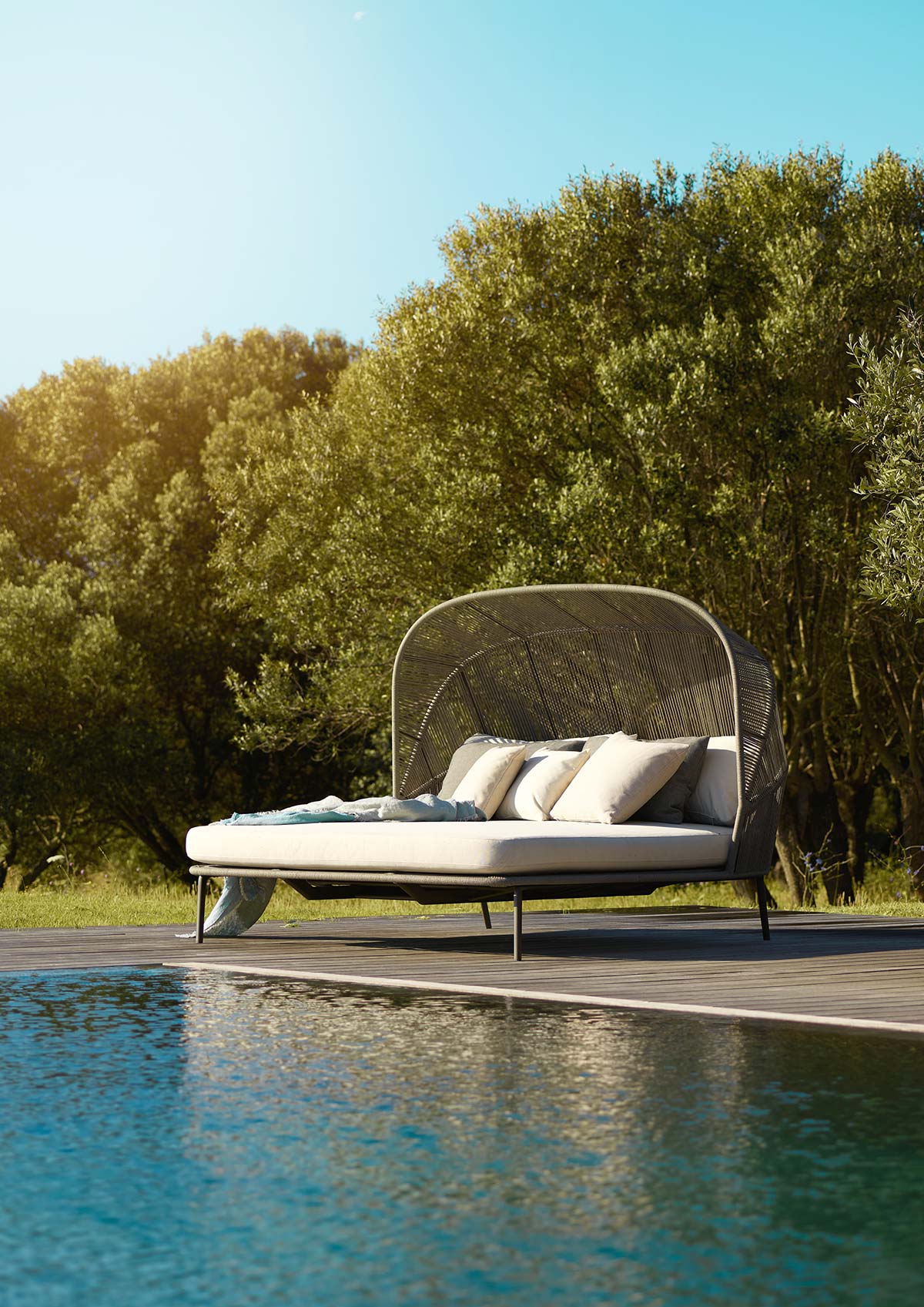
Rilly by Dedon









